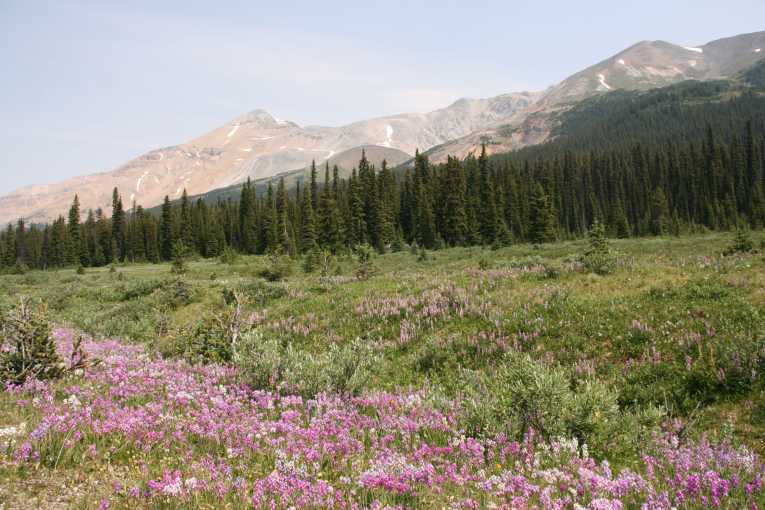For now, walkers and climbers can continue to wonder at the riot of colour which is the surest sign that summer has arrived in the Rocky Mountains.
Already, say scientists funded by the National Science Foundation (NSF), there's a lessening in flowering in the middle of the usually summer-long season which could be very bad news for the birds and the bees and in turn on the plants which rely on them to reproduce.
"Shifts in flowering in mountain meadows could in turn affect the resources available to pollinators like bees," says David Inouye of the University of Maryland, who led the team for the NSF and publishes his research in current issue of the Journal of Ecology.
"Some pollinators with short periods of activity may require only a single flower species," write the ecologists in their paper, "but pollinators active all season must have flowers available in sufficient numbers through the season."
Climate change - warming - is the most likely culprit for this mid-season fall off in flower numbers. Plants use the temperature and the arrival of meltwater in the high mountains as a calendar to tell them when to open their petals to attract insects which will spread their pollen. As temperatures rise, that calendar is getting out of synch with the cycles of their pollinators - largely bees and humming birds.
The relationship is a classic piece of symbiosis: the bees need the plans to supply them with food; the plants need the bees to continue their species. If this relationship is damaged by changes in temperature, say the researchers, it could have disastrous consequences for both parties.
While climates change over time naturally, and living organisms either evolve and change to suit the new conditions or lose out in the evolutionary game, the current change in temperatures is at an unprecedented pace, meaning that the Colorado mountain meadows could soon be empty and quiet.
Top Image Credit: © Tupungato










